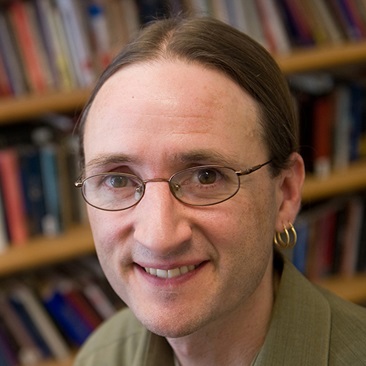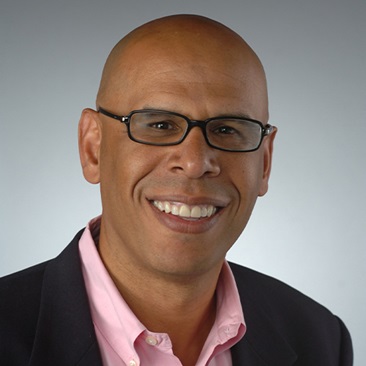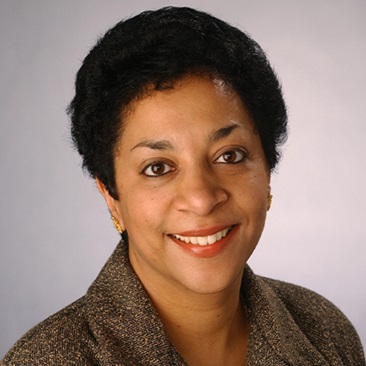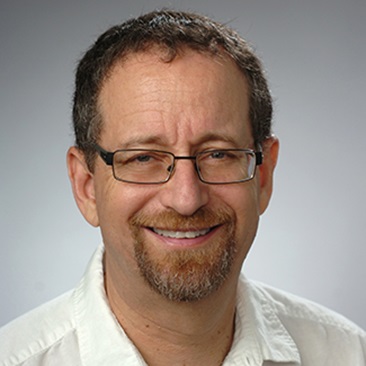Veil of Darkness
June 1, 2016
"As a black man in the United States, of course I’m passionate about social justice and equality,” says William Horrace. “But I have to be dispassionate when I do my science and let the numbers speak for themselves.”
Horrace, who is Distinguished Professor of Economics and the chair of his department, recently completed an analysis of traffic stops by Syracuse city police, with an eye toward possible racial bias — work he conducts with Shawn M. Rohlin ’06 MA (Econ)/’09 PhD (Econ), associate professor of economics at Kent State University. Their results were recently published as “How Dark is Dark? Bright Lights, Big City, Racial Profiling” in The Review of Economics and Statistics.
This is the third such study Horrace has conducted, all of which apply sophisticated methods of analysis — ordinarily used by economists to correlate behavior with intentions — to study existing data on police traffic stops. The first two studies, undertaken for the Syracuse Common Council in 2005 and 2010, both indicated officer bias against African-Americans. However, a separate 2010 study of the same data by the John F. Finn Institute for Public Safety — commissioned by the Syracuse Police Department — found no police bias.
The Finn Institute study used so-called veil-of-darkness analysis of police stops made from 5:02 p.m. to 9:23 p.m., when, owing to nightfall, police are less likely to know the race of a driver. If a higher percentage of blacks are stopped during the day than at night, it is reasoned, then bias exists. The Finn study found that blacks and nonblacks were stopped at the same rate, regardless of the time of day, and concluded that police exhibited no racial bias in vehicle stops.
“I have to be dispassionate when I do my science and let the numbers speak for themselves.”
William Horrace
Distinguished Professor of Economics
For the new study, Horrace decided to take the veil-of-darkness approach a step further. He wondered whether streetlights and other ambient light might make the race of drivers apparent to police even at night, and what effect that might have on the analysis. He and Rohlin used geographic information system software and, using data from 512 Syracuse police officers’ records from 2006 to 2009, they correlated traffic stops with the location of city streetlights. When they contrasted well-lit night-time locations with those having little or no ambient lighting, they again found significant patterns suggesting that, when the race of vehicle occupants is known, bias exists. The odds of a black driver being stopped, relative to nonblack drivers, increases 15 percent in lighted situations.
Horrace says the next step is to continue mining the rich dataset to better understand the causes of officer bias and to offer public policy prescriptions to improve the situation. He is seeking a National Institute of Justice grant to continue analyzing the Syracuse data, as part of a broader look at how police behave when they interact with citizens. What causes racial bias? If you’re a biased officer, for example, is your behavior transferred to other officers? What happens when an officer who has only worked in white neighborhoods is assigned to patrol a predominantly black neighborhood?
One preliminary finding is that rookie officers (those with five years’ experience or less), when unaccompanied by an experienced officer, stop and search innocent black citizens at a disproportionately high rate. Further analysis suggests racial bias fades with experience.
“Rookies make more mistakes,” Horrace explains. “Presumably, as they become more experienced and learn from their peers, their ability to detect guilt improves.” Research, Horrace says, will point to strategies for police departments to mentor rookie officers in a way that minimizes their proclivities for bias and encourage policies that induce officers to treat citizens fairly and equitably.
While Horrace stresses that his findings don’t suggest that all police are biased, bias exists in degrees. Cities similar to Syracuse in size and ethnicity likely have a similar level of bias. “We think this new research can help Syracuse and other police departments,” he says.
— Renée K. Gadoua
This article appeared in the spring 2016 print edition of Maxwell Perspective; © 2016 Maxwell School of Syracuse University.
Related News
School News

Apr 19, 2024
School News

Mar 13, 2024


